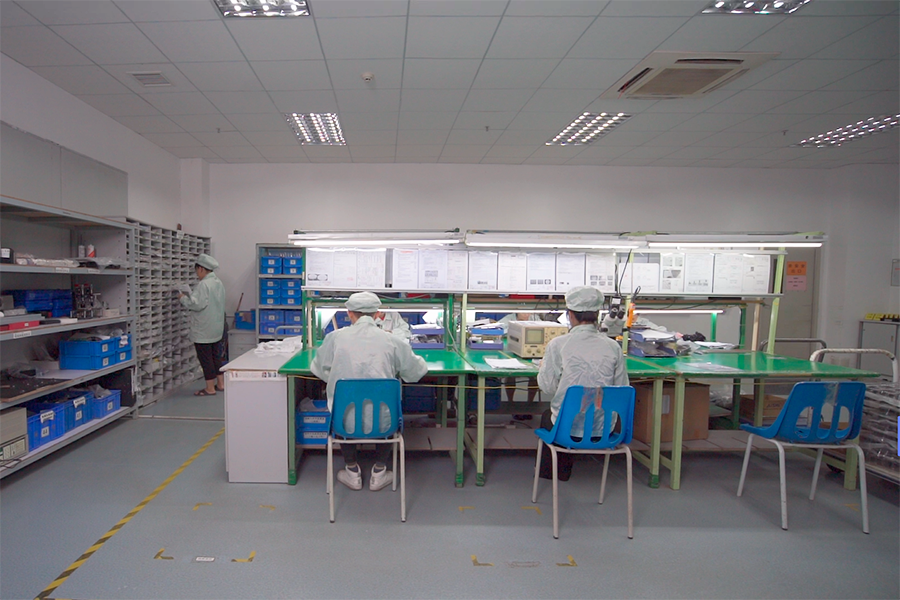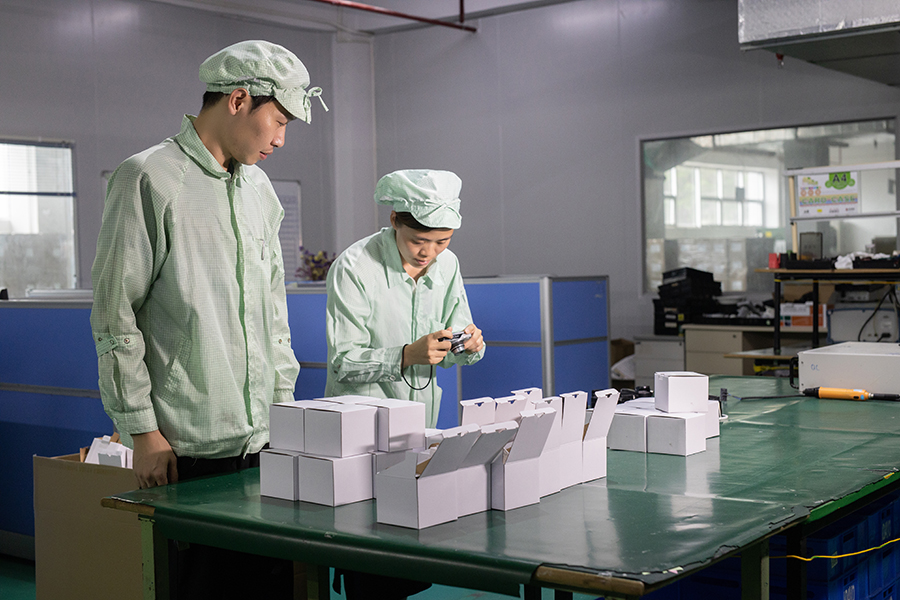QC: Quality Control, the general term for people involved in quality inspection of products, analysis, improvement and control of non-conforming products after quality problems have been identified. Generally includes:
IQC(Incoming Quality Control), meaning quality control of incoming materials.
IPQC(In Put Process Quality Control), this refers to the quality control of a product from the time the material is put into production to the final packaging of the product.
FQC(Finish or Final Quality Control)
OQC(Out Quality control)
DQC(Design Quality Control)
MQC(Manufacture Quality Control)
QA: Quality Assurance, ensuring that the quality of products is free from problems by establishing and maintaining a quality management system. Generally includes:
IDQA(Design Quality Assurance)
QE(Quality Engineer), JQE(Joint Quality Engineer), that is, quality engineers who are paid by the supplier to work for the customer and are the eyes and ears of the customer's SQE.
SQE(Supplier Quality Engineer)
The difference between QA and QC
QA needs to know not only where the problems are, but also how to develop solutions to those problems and how to prevent them in the future; QC needs to know just what to control if there is a problem, but not necessarily why to control it.
To use an inappropriate analogy:
QC is a police officer and QA is a judge. QC only needs to arrest those who violate the law, not to prevent others from committing crimes or to convict them, while a judge makes laws to prevent crimes and pronounces dispositions according to the law.

To summarize:
QC is primarily an after-the-fact quality inspection type of activity, where errors are allowed by default and are expected to be found and detected, while QA is primarily a before-the-fact quality assurance type of activity, where prevention is the main focus and is expected to reduce the chance of errors occurring.
QC is the operational techniques and activities undertaken to enable products to meet quality requirements; it includes inspection, correction and feedback. For example, QC carries out inspections to find defective products and then rejects them, and then feeds the defective information to the relevant department for improvement action. Therefore the scope of QC is mainly within the factory and its purpose is to prevent non-conforming products from being put into, transferred to and from the factory, to ensure that products meet quality requirements and that only qualified products are delivered to customers.
QA is about providing trust to meet customer requirements, even if the customer is confident that the product you are offering will meet his requirements. Therefore, it is necessary to leave evidence that each step of the factory's activity is carried out in accordance with the customer's requirements, starting with market research and continuing with the evaluation of the customer's requirements, product development, order taking and material procurement, incoming material inspection, production process control and shipment, and after-sales service.
The purpose of QA is not to ensure product quality; it is the task of QC to ensure product quality.
QA is primarily about providing confidence and therefore needs to manage the entire process from understanding customer requirements to after-sales service, which requires companies to establish a quality control system, develop appropriate documentation to regulate the activities of each process and leave evidence of their implementation in order to provide confidence.
This trust can be divided into internal and external: external to reassure the customer that the factory is producing and delivering the product to their requirements; and internal to reassure the factory owner. As the owner is the first person responsible for the quality of the product, he is fully responsible for any quality incidents that occur with the product, and this is the main requirement for countries to have product quality laws in order to motivate companies to really take quality seriously, it is important for the owner to document the activities and leave evidence in order to avoid being held responsible for quality. However, it is not possible for the boss to know whether the personnel within the factory are operating according to the documented requirements. This requires QA to conduct audits instead of him to see whether the documented requirements are being complied with in order to reassure the boss that the activities in the factory are being carried out according to the documented requirements.

The main difference between QC and QA is therefore that the former is about ensuring that product quality complies with regulations, while the latter is about establishing systems and ensuring that they work as required to provide internal and external confidence.
At the same time, QC and QA have something in common. In other words, both QC and QA have to carry out verification, such as QC testing products according to the standard is to verify whether the products meet the specified requirements, QA internal audit is to verify whether the system operation meets the standard requirements. Another example is that QA conducts shipment audits and reliability tests to verify whether the products have carried out the activities according to the regulations and whether they can meet the requirements, so as to ensure that the products delivered by the factory are qualified and meet the relevant regulations.
The most important role of QC is the monitoring of finished goods, mainly Raw material, in-process goods, finished goods and In-process audit, with a focus on detecting defects through Sample Inspection.

























